Connecting turbines to your home's electricity system can revolutionize your energy consumption. You'll gain energy independence, reduce your reliance on the grid, and potentially eliminate electricity bills. Turbines provide eco-friendly power generation, contributing to a cleaner environment. You'll benefit from lower monthly energy costs and protection against power outages. Smart energy management systems optimize your turbine's performance, while excess power can be sold back to the grid for additional income. Government incentives and rebates make installation more affordable. By integrating turbines, you're not just powering your home—you're investing in a sustainable future. Discover how this renewable energy solution can transform your household.
Energy Independence and Self-Sufficiency
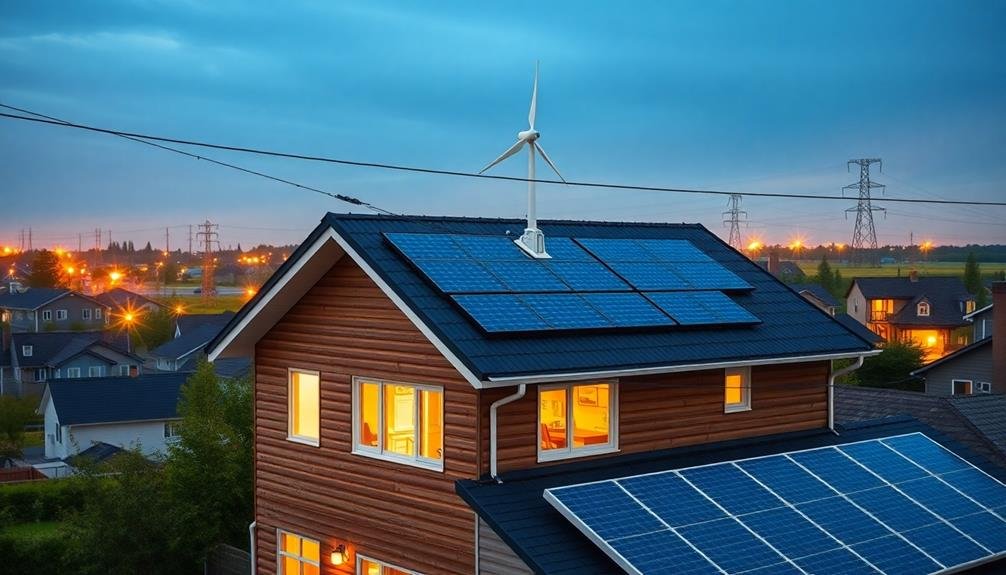
The pursuit of energy independence and self-sufficiency has become increasingly attractive to homeowners. By connecting turbines to your home's electricity system, you're taking a significant step towards reducing your reliance on the grid.
This move can provide you with a sense of security, knowing that you're less vulnerable to power outages and fluctuating energy prices.
When you generate your own electricity, you're no longer at the mercy of utility companies. You'll have more control over your energy consumption and costs.
During periods of high wind, you may even produce excess energy that can be sold back to the grid, potentially earning you credits or income.
Moreover, you're contributing to a cleaner environment by using renewable energy. This reduces your carbon footprint and helps combat climate change.
As fossil fuel prices continue to rise, your investment in wind energy becomes more valuable over time.
Lower Electricity Bills
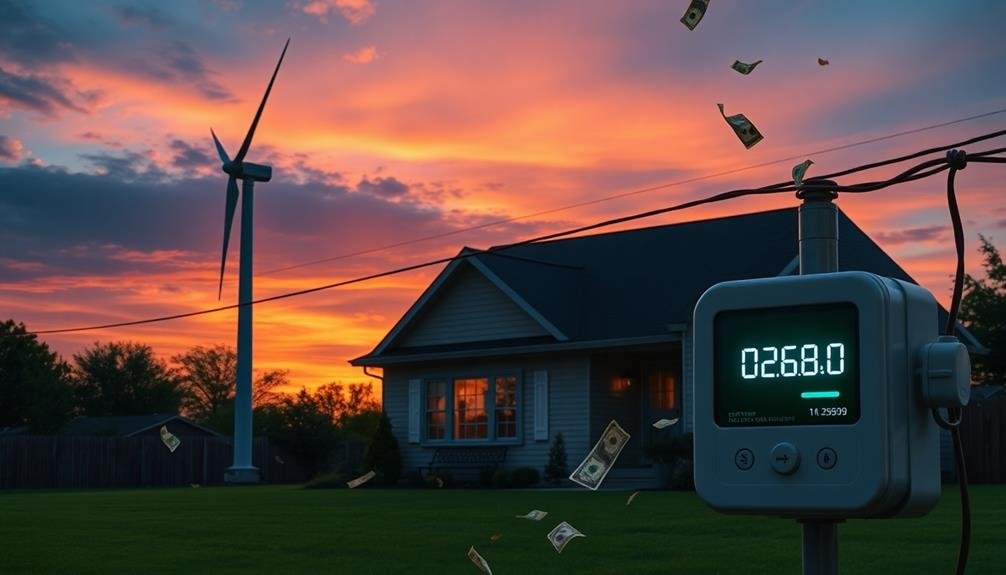
By connecting turbines to your home's electricity system, you'll see a significant reduction in your monthly energy costs.
You'll offset peak usage charges, as your turbines can generate power during high-demand periods.
This step toward energy independence not only saves you money but also provides a buffer against rising utility rates.
Reduced Monthly Energy Costs
Once you've successfully connected a turbine to your home's electricity system, you'll likely notice a significant reduction in your monthly energy costs. The turbine generates electricity from wind power, reducing your reliance on the grid and lowering your overall consumption of utility-provided electricity.
As your turbine produces energy, you'll draw less power from the utility company, resulting in smaller electricity bills. The amount you save will depend on factors like wind conditions, turbine efficiency, and your household's energy consumption patterns. In some cases, you might even generate excess electricity, which can be fed back into the grid, potentially earning you credits or payments from your utility provider.
Over time, these savings can offset the initial investment in your turbine system. You'll also be less affected by rising energy prices, as you're producing a portion of your own electricity.
To maximize your savings, consider implementing energy-efficient practices throughout your home, such as using LED bulbs and energy-star appliances. This combination of renewable energy production and conservation can lead to substantial long-term reductions in your monthly energy costs, making your home more sustainable and economically efficient.
Offset Peak Usage Charges
Installing a home wind turbine can greatly offset peak usage charges, leading to even lower electricity bills. Peak usage periods typically occur during high-demand times when electricity costs are at their highest. By generating your own power during these times, you'll reduce your reliance on the grid and avoid expensive peak rates.
Wind turbines can be particularly effective at offsetting peak charges because:
- They often produce more power during peak hours, especially in the afternoon and early evening
- You can store excess energy in batteries for use during high-demand periods
- Many utility companies offer net metering, crediting you for excess power you generate
- Wind energy production often aligns with seasonal peak demand patterns
- Smart grid technologies can optimize your turbine's output to match peak usage times
You'll benefit most from peak offset if you live in an area with time-of-use pricing or demand charges. By strategically using your turbine's power during these periods, you'll greatly reduce your overall electricity costs.
Additionally, you may be able to participate in demand response programs, earning credits or payments for reducing your grid consumption during critical peak times.
Energy Independence Benefits
Energy independence brings considerable financial benefits when you connect a wind turbine to your home's electricity system. By generating your own electricity, you'll greatly reduce your reliance on the grid and lower your monthly bills. You'll be less vulnerable to rising energy costs and market fluctuations, providing long-term financial stability.
With a properly sized turbine, you can potentially eliminate your electricity bills altogether. Any excess power you generate can be sold back to the grid through net metering programs, creating an additional income stream. This arrangement allows you to offset the initial installation costs more quickly and even profit from your investment over time.
Energy independence also protects you from power outages. During blackouts or severe weather events, your wind turbine can continue to supply electricity to your home, ensuring uninterrupted power for essential appliances and systems. This reliability can be particularly valuable in remote areas or regions prone to frequent outages.
Moreover, by reducing your carbon footprint, you may qualify for various tax incentives, rebates, and green energy credits. These financial perks can further offset your costs and increase your overall savings.
Eco-Friendly Power Generation
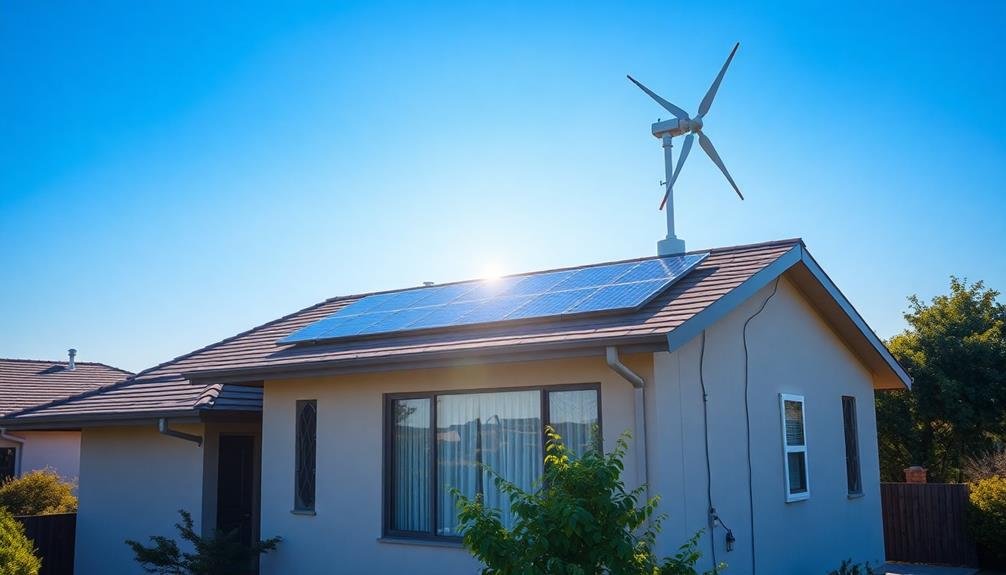
Wind power stands at the forefront of eco-friendly electricity generation for homeowners. By connecting turbines to your home's electricity system, you're tapping into a clean, renewable energy source that considerably reduces your carbon footprint.
Unlike fossil fuels, wind energy doesn't produce harmful emissions or contribute to air pollution, making it an environmentally responsible choice.
When you harness wind power, you're actively participating in the fight against climate change. Your decision to use turbines helps decrease reliance on non-renewable resources and promotes sustainable living.
Here are five key benefits of wind power as an eco-friendly energy source:
- Zero greenhouse gas emissions during operation
- Minimal water consumption compared to traditional power plants
- No harmful waste products or pollutants
- Renewable and inexhaustible energy source
- Low land impact and compatibility with other land uses
Grid Stability and Reliability
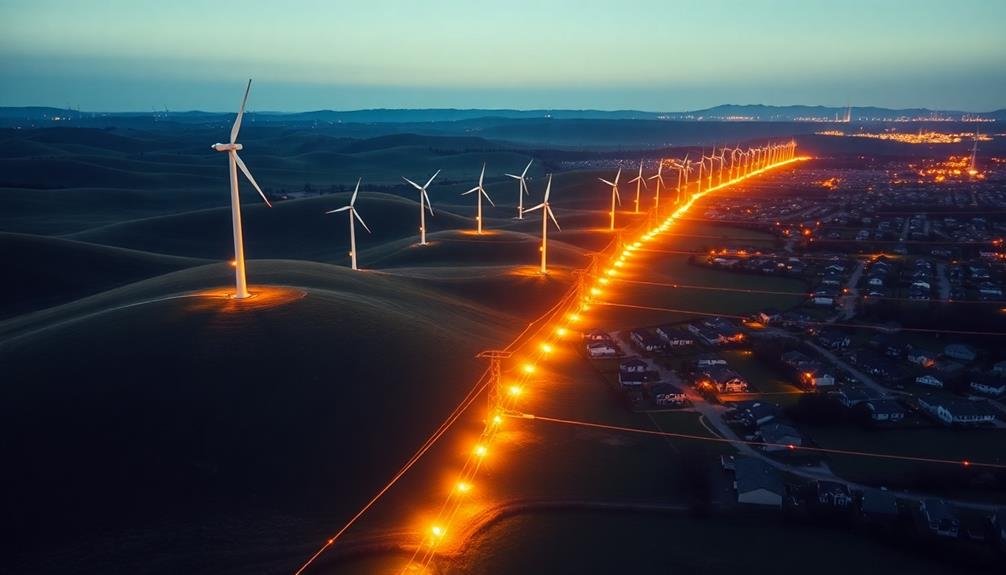
Connecting turbines to your home's electricity system raises important questions about grid stability and reliability. When you integrate small-scale wind or water turbines into your home's power supply, you're not just generating electricity for yourself—you're potentially contributing to the larger grid.
Your turbine system can help stabilize the grid by providing localized power generation. This reduces the strain on centralized power plants and transmission lines, especially during peak demand periods. You'll be part of a more resilient energy network that's less vulnerable to widespread outages.
However, it's essential to guarantee your system doesn't introduce instability. You'll need proper inverters and control systems to synchronize your turbine's output with the grid's frequency and voltage. These components help maintain power quality and prevent disruptions to your neighbors' electricity supply.
Grid operators are adapting to accommodate more distributed energy resources like your turbine. They're implementing smart grid technologies that can better manage the flow of electricity from multiple small sources. This change enhances overall grid reliability by creating a more flexible and responsive power system.
Smart Energy Management
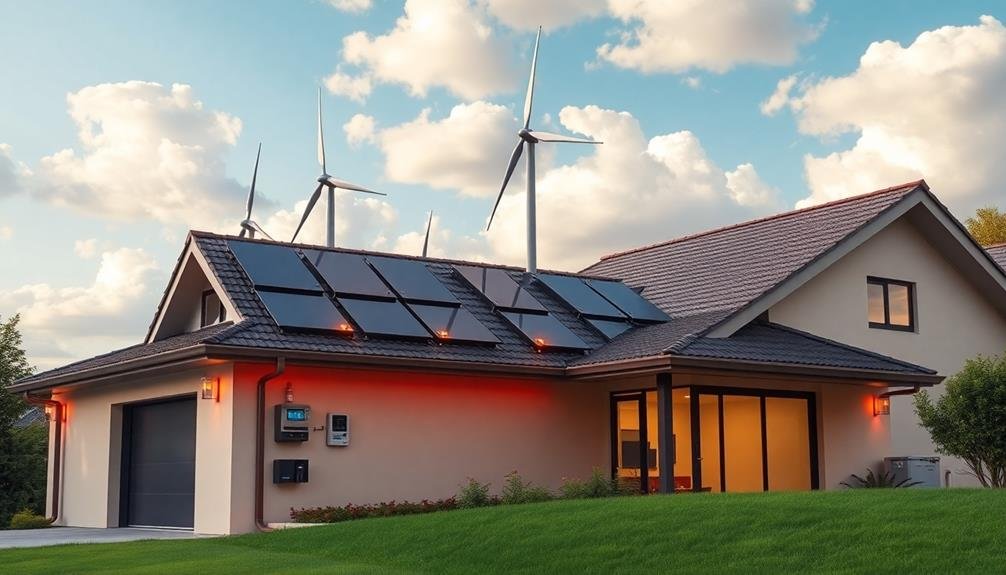
Once your turbine is connected and synchronized with the grid, you'll want to optimize its performance and your energy usage. Smart energy management systems can help you achieve this goal by monitoring and controlling your home's electricity consumption and production in real-time.
These systems use advanced algorithms and sensors to analyze data from your turbine, appliances, and the grid, allowing you to make informed decisions about your energy use.
With smart energy management, you'll be able to:
- Track your turbine's output and overall energy consumption
- Identify peak usage times and adjust your habits accordingly
- Automatically shift energy-intensive tasks to periods of high turbine production
- Receive alerts about potential issues or maintenance needs
- Integrate with other smart home devices for seamless energy control
Selling Excess Power
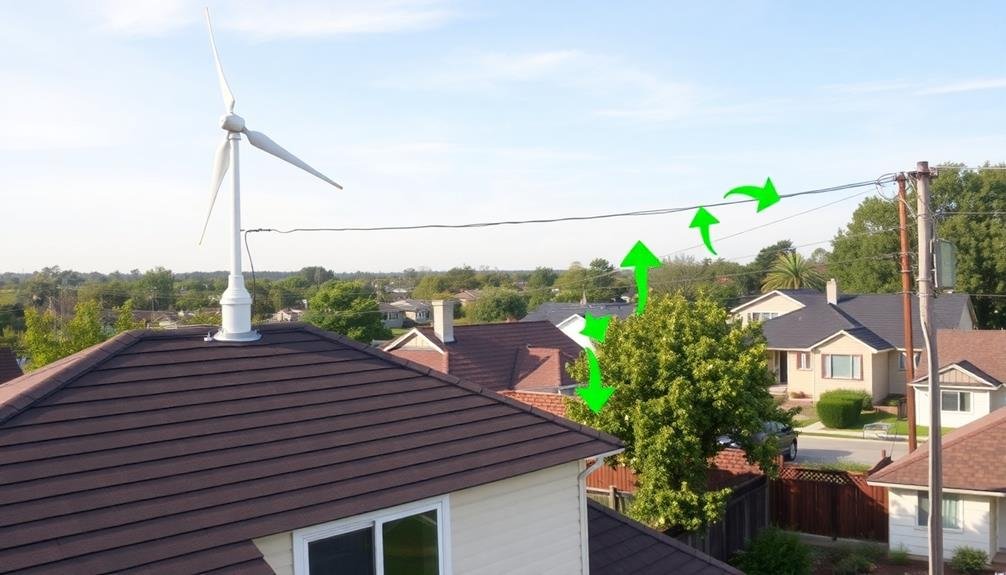
Your wind turbine's excess power can be a valuable asset. When your turbine generates more electricity than your home consumes, you can sell this surplus back to the grid. This process, known as net metering, allows you to offset your energy costs and potentially earn money.
To start selling excess power, you'll need to contact your local utility company and inquire about their net metering program. They'll install a special meter that tracks both the electricity you consume and the excess power you feed back into the grid. You'll receive credits on your electricity bill for the surplus energy you provide.
The rates for selling excess power vary by location and utility company. Some offer full retail rates, while others provide wholesale prices.
It's crucial to understand your local regulations and policies regarding net metering. In some areas, you may face limits on how much excess power you can sell or restrictions on system size.
Government Incentives and Rebates
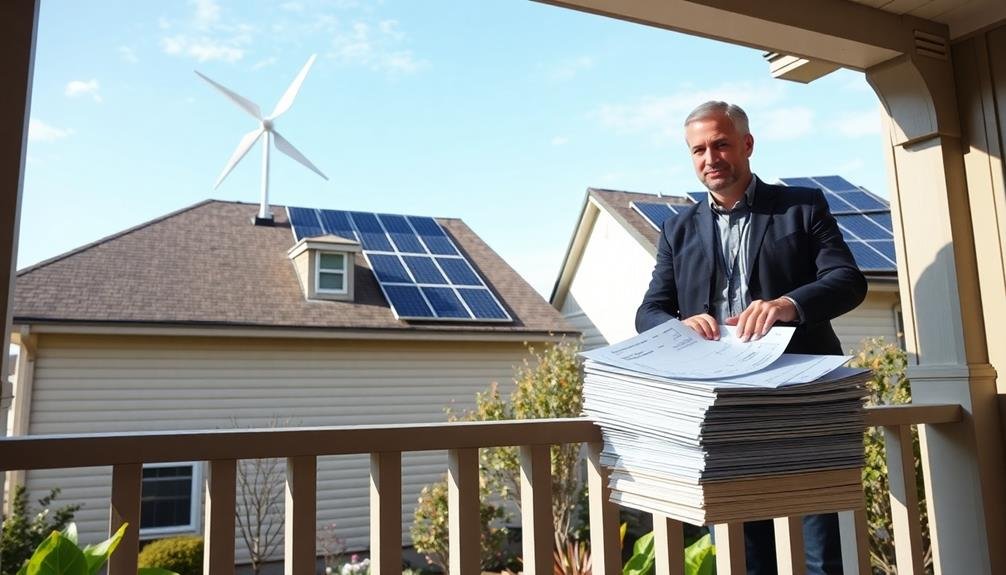
Governments across the globe have stepped up to encourage renewable energy adoption through various incentives and rebates for wind turbine installations.
These programs aim to make wind energy more accessible and affordable for homeowners like you. You'll find that many countries offer tax credits, grants, or low-interest loans to offset the initial costs of purchasing and installing wind turbines.
In the United States, for example, you can take advantage of the federal Investment Tax Credit (ITC), which allows you to deduct a percentage of your wind turbine costs from your federal taxes.
Additionally, many states offer their own incentives, such as property tax exemptions or performance-based incentives.
To maximize your benefits, research the following:
- Federal tax credits and deductions
- State-level incentives and rebates
- Local utility company programs
- Renewable energy certificates (RECs)
- Net metering policies
Frequently Asked Questions
How Noisy Are Home Turbines Compared to Traditional Power Sources?
You'll find home turbines are generally quieter than traditional power sources. They produce a low hum, similar to a refrigerator. However, wind conditions can affect noise levels. Proper installation and maintenance help minimize any potential disturbances.
What Maintenance Is Required for Residential Turbine Systems?
You'll need to regularly inspect your residential turbine system. Clean the blades, check for loose bolts, and lubricate moving parts annually. It's also important to have a professional service the generator and electrical components every few years.
Can Turbines Be Installed in Urban or Suburban Areas?
Yes, you can install turbines in urban or suburban areas, but you'll face more challenges. You'll need to evaluate zoning laws, noise restrictions, and available space. Smaller vertical-axis turbines may be more suitable for these environments.
How Long Does It Take to Recoup the Initial Investment?
You'll typically recoup your initial turbine investment in 6 to 30 years, depending on factors like wind speed, electricity costs, and incentives. It's a long-term commitment, but you'll save money and reduce your carbon footprint.
Are There Any Potential Health Risks Associated With Living Near Turbines?
You'll find limited health risks associated with turbines near homes. Some people report noise disturbances or shadow flicker, but these effects are generally minor. There's no strong evidence of serious health impacts from residential wind turbines.
In Summary
You've seen the many benefits of connecting turbines to your home's electricity system. From energy independence to lower bills and eco-friendly power, it's a smart choice. You'll contribute to grid stability, manage energy efficiently, and potentially sell excess power. Don't forget about government incentives that can make the investment even more attractive. By embracing this technology, you're taking control of your energy future and making a positive impact on the environment.
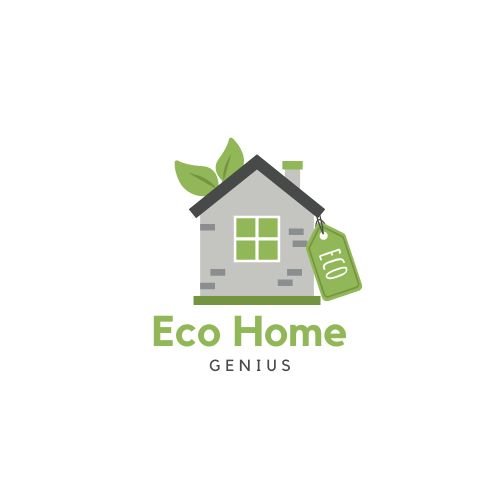

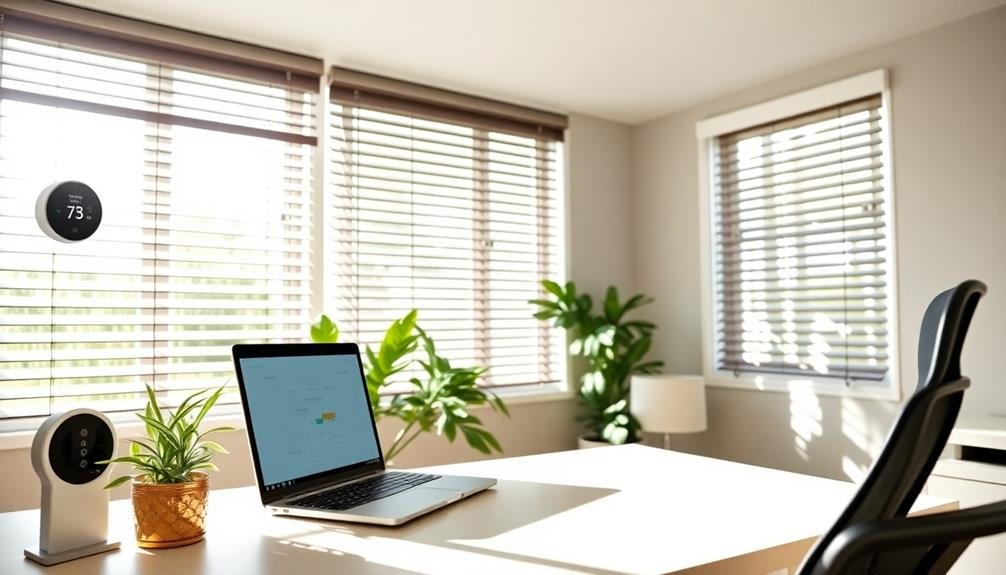
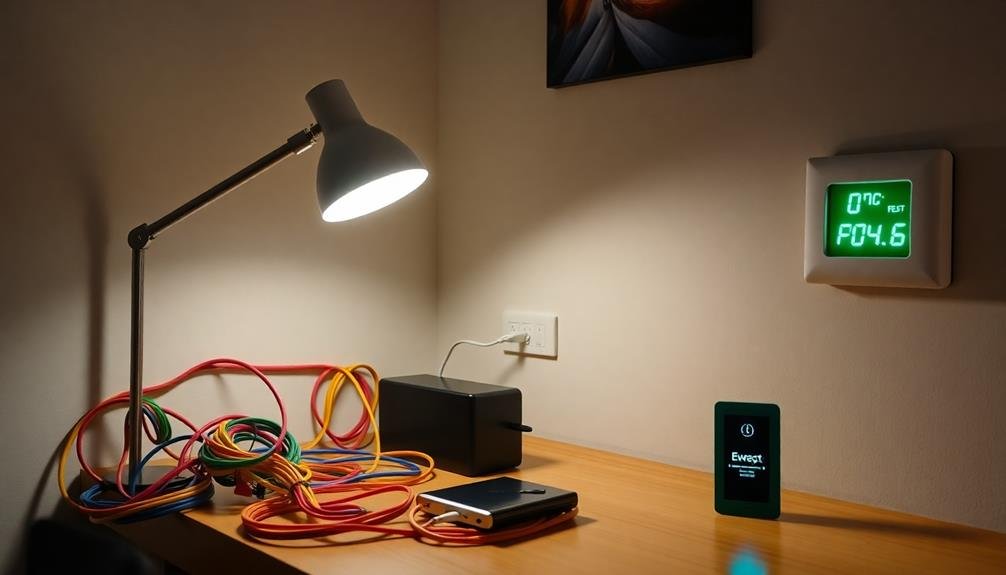
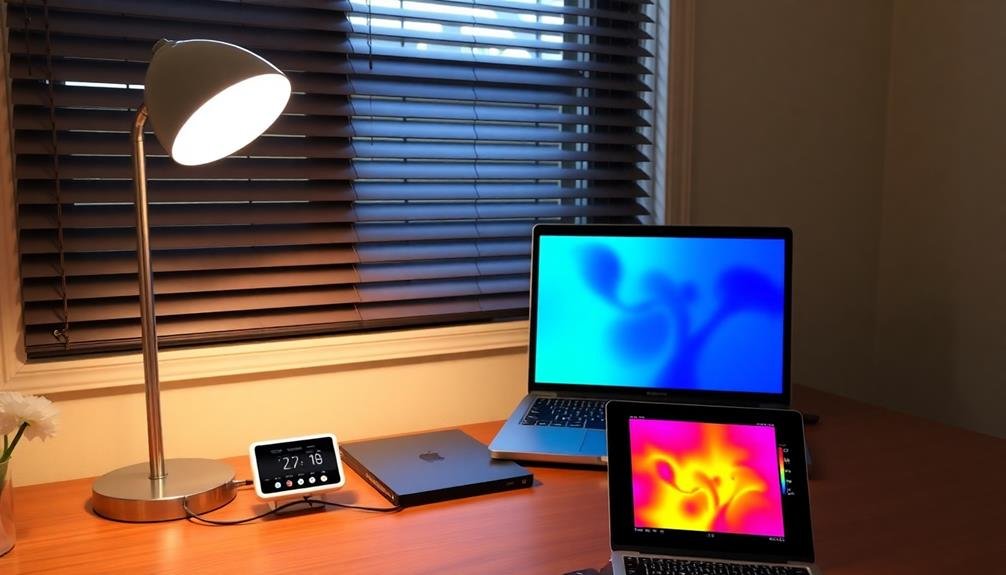
Leave a Reply